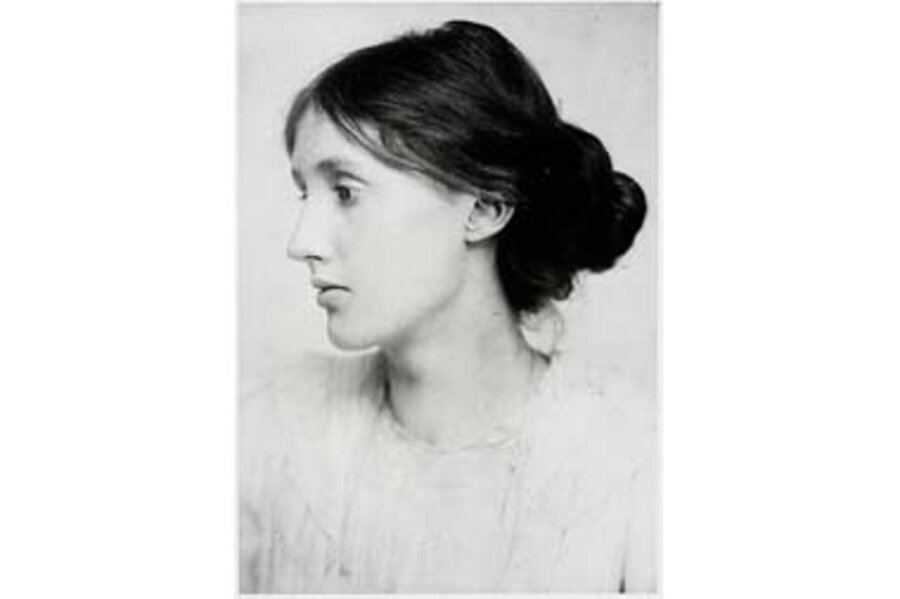How to date Virginia Woolf
Loading...
Your grad school professor fixes you up with Virginia Woolf on a blind date.
“Report back to me with a two-page paper,” he tells you.
The date does not go well. You want to quit after pre-dinner appetizers, but she insists on a five-course dinner. You don’t understand how a date that short—one hundred ninety-seven pages, to be exact—could feel so long and tedious. You can’t follow her conversation, can’t understand what she so desperately wants to tell you.
When your professor asks you how it went, you tell him it was interesting, but you can’t see a long-term relationship growing. “Okay,” he says. “I mean, I think she’s great, but she’s not for everyone.”
Time ticks by. You feel literary loneliness in struggling to complete your first novel. Dismissed by most of your workshop peers with comments such as “make me care,” “this is way too commercial,” and “your protagonist is annoying,” you begin to wonder if you are really cut out to be a writer. You’re about to give up.
Then one day, you see Virginia in the street. You want to pretend you’ve never met her before, but she looks straight into your eyes and says, “Unpraised, I find it hard to start writing in the morning; but the dejection lasts only 30 minutes, and once I start I forget all about it. The central fact remains stable, which is the fact of my own pleasure in the art.”
With those words, your soul unlocks. You finish your novel. You decide to give Virginia another chance.
You start the relationship slowly this time, meeting only in short spurts. A “Professions for Women” cappuccino here, a Room of One’s Own lunch there. With each brief date, you fall deeper and more quickly through the phases of love: interest, respect, admiration, devotion. And she falls in love with you, too: she understands you, supports you, dries your tears when you feel like the biggest loser of all the writers out there. “The only thing worth doing in your book is to stick it out,” she tells you, your ink stained fingers intertwined with hers. “Stick to the idea and don’t lower it an inch, in deference to anyone.”
You fly to England to see where she lived at 46 Gordon Square, look at original pages from her diary at the British Museum, walk the streets of Bloomsbury, see her sister Vanessa Bell’s paintings at the Courtauld Gallery. It is here that you propose marriage to Virginia, outside the steps by the Russell Square tube station.
You marry Virginia two months later in a ceremony at the New School’s Arnold Hall on 13th Street in New York. Standing before a crowd of your peers, you read your vow to her. Your grad professor is the best man, and as Virginia and you pass by him on your way out of the hall, he catches your eye and gives a wink.
“Told you so,” he mouths.
“Thank you,” is all you can respond. “Thank you, thank you, thank you.”
Jessica Rosevear blogs frequently about Virginia Woolf at www.jessicarosevear.com.





